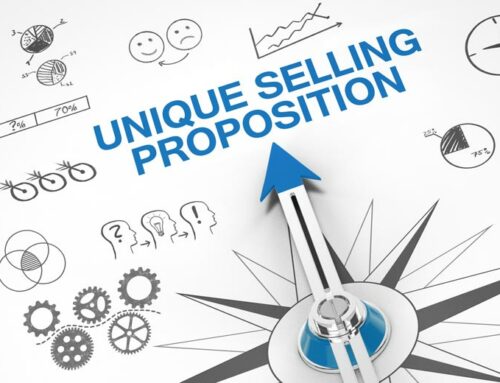Why Strike a Balance?
As we talked about in making your brand top of mind, brand recognition is inextricably linked to the next step a consumer will take, whether it is to move your brand from long-term to short-term memory, or to act. Activation ads ask the consumer to take an action, which for digital advertising usually begins with a click. Then they may continue to promote a consumer action. The developers we interviewed in our Meet the Developer series said that they are much more likely to click on links from brands they recognize versus brands they don’t. So, balancing branding and activation advertising for developer audiences is critical to an advertising strategy’s success.
Branding For Authenticity
Brand advertising simply calls attention to a brand for a specific audience, ideally in a way that results in positive sentiment and brand recognition. Brand advertising doesn’t require your audience to take action; rather, it helps your audience make an association with your brand.
Developers are a highly skeptical audience, so “empty” advertising seems like it might backfire. However, creating a brand presence that is associated with value to developers isn’t as hard as it sounds. It begins with linking your brand to environments that developers already think deliver value.
Much of this has to do with the location of your brand advertising. Build brand authenticity by placing it where developers like to hang out — namely, developer-to-developer (D2D) communities, for one of several benefits of D2D advertising.
There are many digital environments where developers form communities. Among others, you will find many types of D2D communities that offer sponsorship, including:
- Developer Influencer Blogs. Blogs from Alvin Ashcraft (Morning Dew), Ray Wunderlich, and Scott Hanselman provide valuable technical information that followers use to inform themselves.
- Developer Influencer Podcasts. Podcast formats vary. Sometimes the hosts alone provide the content. Often, podcasts host guest developers with expertise of interest to their audiences. For examples, look to celebrity developer podcasters/podcasts like Scott Hanselman/Hanselminutes; John Papa/Real Talk JavaScript;Jeff Fritz/Fritz & Friends; and James Montemagno/Merge Conflict.
- Live streaming. Twitch has enabled channels that host live streams of developers doing something interesting (ahem, coding, interviews, you name it), which are then archived as recordings. One example is Jeff Fritz’s Twitch channel, CSharpFritz.
- Programming media sites. There are many D2D communities like CodeProject, JournalDev, and Simple Programmer that include content contributed by members and used by members. These sites are primarily educational, focused on allowing members to either offer or use information that helps other members solve programming problems.
Activation
A brand that makes general claims of awesomeness is almost as bad as a brand that makes false promises when targeting a technical audience like developers. However, getting developers to act isn’t as hard as it sounds. Technical audiences have two overarching characteristics — they are problem-solvers and curiosity-driven. If you want this type of audience to take action, make sure that action results in solving a problem or satisfying curiosity. In other words, make sure your call to action is clearly linked to answering a question that interests your audience. Calls to action that scratch that itch are usually linked to content that is primarily educational like tutorials, how-to’s and case studies.
Determining the Right Mix
It’s important to always have a brand presence. However, if your company is new, or you are addressing a new market segment, more of your advertising should focus on activation. With a more established brand, you can shift more of your advertising to brand. However, don’t forget to include some activation advertising. As with anything, budget time and money to run a few experiments to fine-tune this rule of thumb for your audience.
That’s a Wrap
Successful advertising campaigns require intention, commitment, and experimentation. Focusing this attention on the best mix of brand and activation advertising for your brand is important to campaign success. Advertising to a developer audience doesn’t change the need for balance, but it does dictate the details of how to succeed with both brand and activation advertising. Focusing on sponsoring D2D communities for brand advertising and pointing to useful, educational experiences for activation advertising are recipes for success, whatever the balance.



